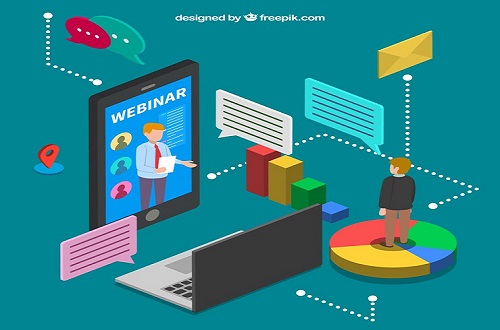In the realm of natural language processing, the quest for more accurate and contextually relevant language generation has led to the development of innovative techniques. One such groundbreaking approach is Retrieval-Augmented Generation (RAG), which has emerged as a game-changer in contextual information retrieval for language generation.
RAG combines the strengths of retrieval-based and generation-based models to seamlessly integrate contextual information retrieval into the language generation process. This powerful technique leverages the capabilities of both approaches to deliver more precise and contextually relevant outputs. Let’s delve into the intricacies of RAG and explore its applications in contextual information retrieval for language generation.
Understanding Retrieval-Augmented Generation (RAG)
At its core, RAG is a fusion of two key components: a retriever and a generator. The retriever is responsible for efficiently retrieving relevant information from a vast corpus of knowledge, while the generator utilizes this retrieved information to produce coherent and contextually rich language outputs. This dynamic synergy between retrieval and generation enables RAG to overcome the limitations of traditional language generation models by incorporating real-time contextual information.
Applications of RAG in Contextual Information Retrieval
RAG’s ability to seamlessly integrate contextual information retrieval into language generation has far-reaching implications across various domains. In the field of question-answering systems, RAG can effectively retrieve and incorporate relevant information from diverse sources to generate accurate and contextually appropriate responses. Similarly, in content generation for chatbots and virtual assistants, RAG can enhance the conversational experience by providing contextually relevant and coherent responses.
Furthermore, RAG’s applications extend to content summarization, where it can retrieve and synthesize pertinent information to generate concise and contextually accurate summaries. In the domain of content recommendation systems, RAG can leverage contextual information retrieval to deliver personalized and relevant content recommendations based on user preferences and interests.
Benefits of RAG in Contextual Information Retrieval
The adoption of RAG for contextual information retrieval in language generation offers several compelling benefits. By incorporating real-time contextual information, RAG enhances the relevance and accuracy of language outputs, thereby improving the overall quality of generated content. Additionally, RAG enables more efficient and targeted information retrieval, leading to a reduction in irrelevant or redundant information in the language generation process.
Moreover, RAG’s ability to adapt to diverse contexts and sources of information empowers it to handle complex and multifaceted queries, making it a versatile solution for contextual information retrieval in language generation. The seamless integration of retrieval and generation components in RAG ensures a cohesive and coherent flow of information, resulting in more natural and contextually appropriate language outputs.
In conclusion, Retrieval-Augmented Generation (RAG) represents a significant advancement in contextual information retrieval for language generation. Its ability to seamlessly integrate retrieval and generation components enables RAG to deliver contextually relevant and coherent language outputs across various applications. As the field of natural language processing continues to evolve, RAG stands out as a powerful tool for enhancing the precision and contextual richness of language generation.



